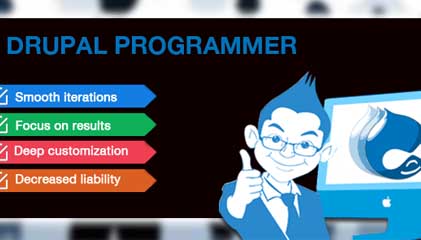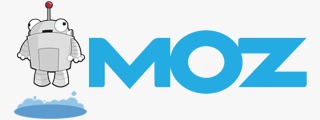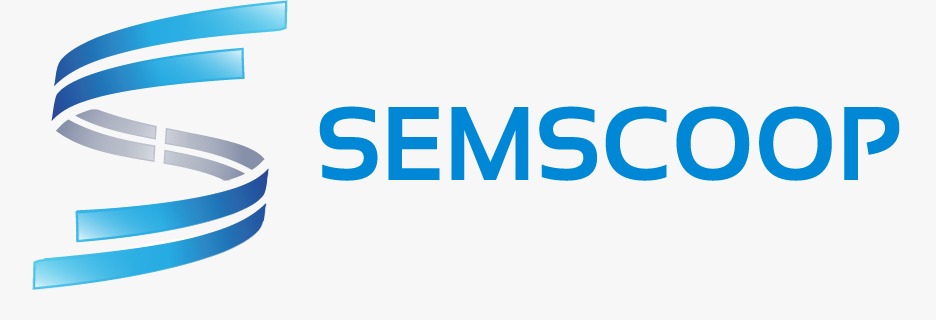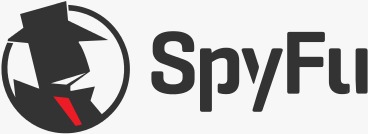Drupal-Technologies
Drupal is content management software. It's used to make many of the websites and applications you use every day. Drupal has great standard features, like easy content authoring, reliable performance, and excellent security. But what sets it apart is its flexibility; modularity is one of its core principles. Its tools help you build the versatile, structured content that dynamic web experiences need.


Interest in Drupal got a significant boost in 2003 when it helped build "DeanSpace" for Howard Dean, one of the candidates in the U.S. Democratic Party's primary campaign for the 2004 U.S. presidential election. DeanSpace used open-source sharing of Drupal to support a decentralized network of approximately 50 disparate, unofficial pro-Dean websites that allowed users to communicate directly with one another as well as with the campaign.
After Dean ended his campaign, members of his Web team continued to pursue their interest in developing a Web platform that could aid political activism by launching CivicSpace Labs in July 2004, "the first company with full-time employees that was developing and distributing Drupal technology".Other companies began to also specialize in Drupal development.By 2013 the Drupal Web site listed hundreds of vendors that offered Drupal-related services.
On December 1, 2012, Drupal 8 started its feature completion. About three years later, on October 7, 2015 Drupal 8 first release candidate (rc1) was announced.

Drupal 8 includes new features and improvements for both users and developers, including: a revamped user interface; WYSIWYG and in-place editing; improved mobile support; added and improved key contributed modules including Views, Date, and Entity Reference; introduced a new object-oriented backend leveraging Symfony components; revamped configuration management; and improved multilingual support. Drupal 8 rc1 is the collective work of over 3,200 core contributors.














 +91-8375047612
+91-8375047612  +44 740 410 4529
+44 740 410 4529 +1 (978) 495-0388
+1 (978) 495-0388 


LIKE
like on Facebook
LIKE
Follow on Twitter
ADD
Sunray on Linkedin
Add
Sunray on pinterest